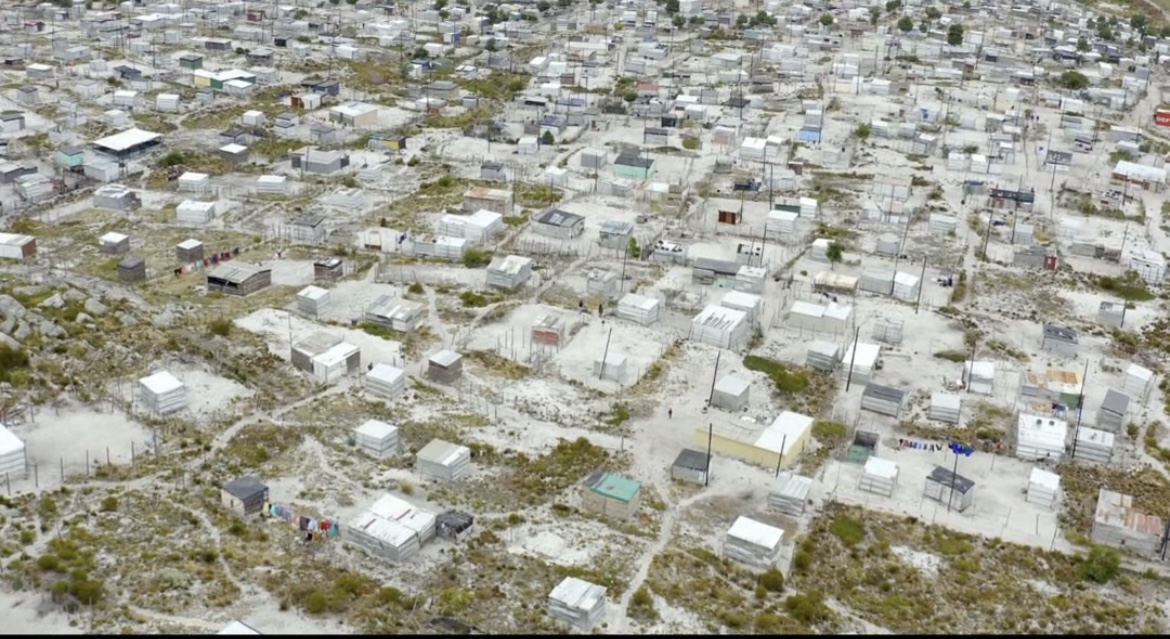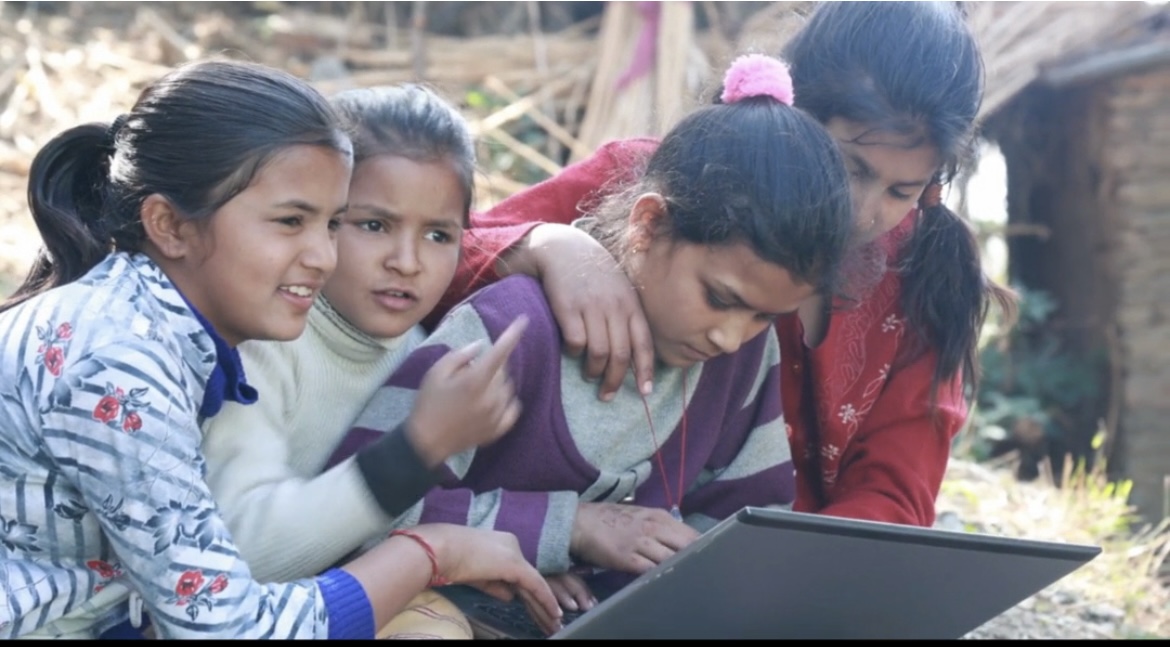Lack of internet access is just one of the educational barriers that children from low-income families face. Billions of school-aged children across the world lack consistent access to computers and the internet, and the digital divide disproportionately affects people of color and low-income families.
- More than one in every six poor people does not have access to the internet. People with higher incomes are more likely to have access to the internet in their homes.
- Two out of three school-age children or 1.3 billion children aged 3 to 17 years old in the world do not have access to the internet at home.
- The digital divide is difficult to bridge. Many families are unable to afford broadband. In rural areas, high-speed internet lines are scarce. Furthermore, there is little reliable and consistent data on the extent of internet connectivity.
- During the pandemic, online learning revealed the extent of internet access disparities among students. Poor communities across the United States are grappling with remote learning challenges as K-12 schools shift to online classes or are forced to go remote.
- Children from low-income families were more likely to be excluded from online distance learning due to a lack of access to adequate internet or devices.
- For years, families and policymakers have been concerned about the “homework gap.” One-fifth of parents also stated that their children would be unable to complete their schoolwork if they did not have access to a computer at home.




